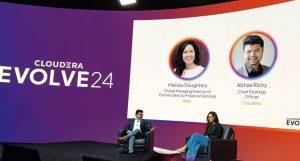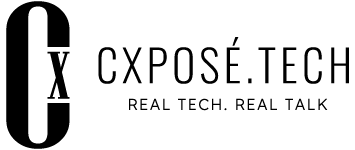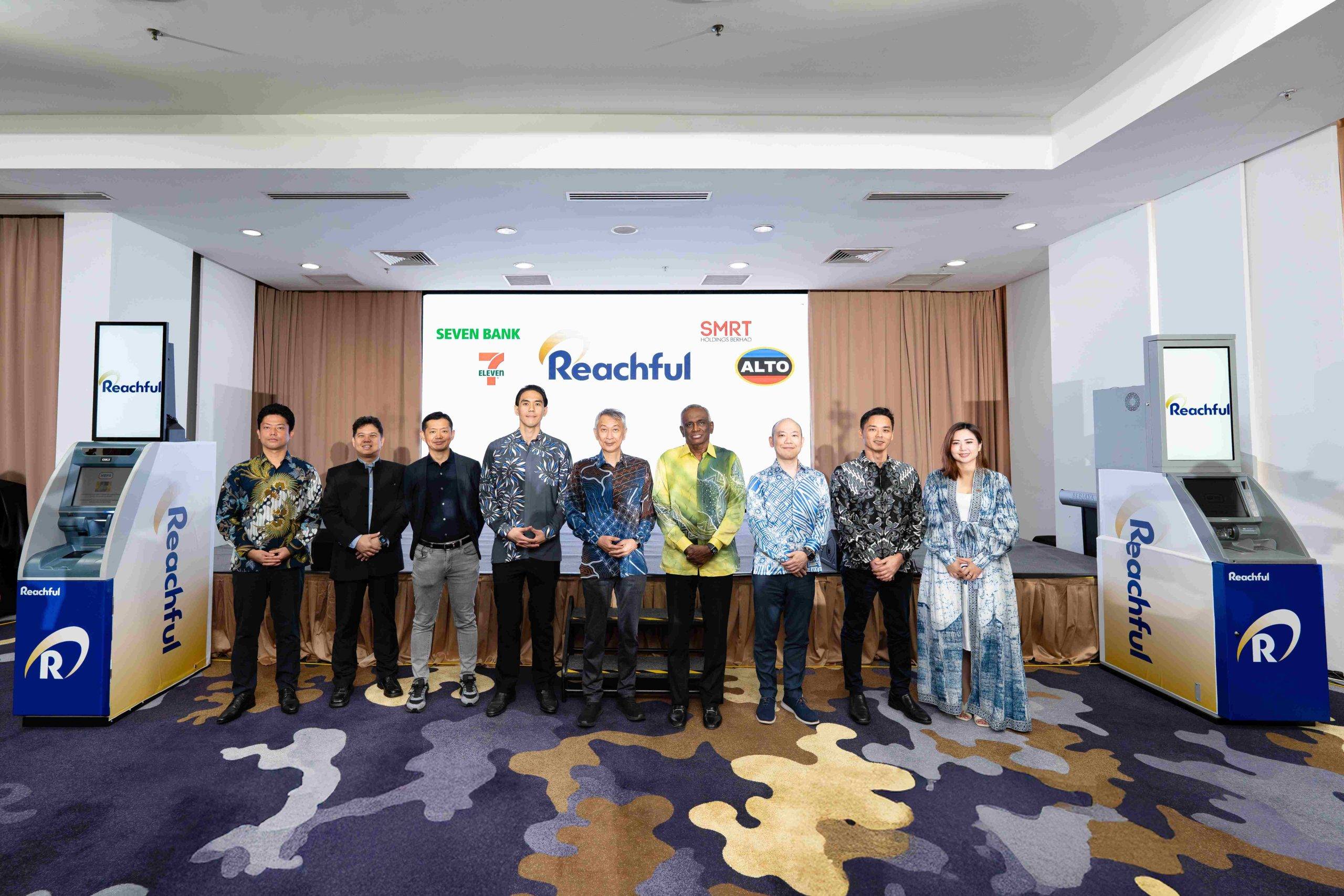Enterprise AI is a team sport. This has never been truer than when Cloudera announced their second batch of Enterprise AI Ecosystem collaborateurs, and its execs double clicked into how they are doing it, at its New York conference.
After announcing the Enterprise AI Ecosystem last year, Cloudera has made huge strides forward with three additional members, Anthropic, Snowflake, Google Cloud, that were announced during its global annual flagship event, EVOLVE24, in New York.
A press release described the ecosystem as an initiative that brought together a diverse group of industry-leading AI providers, and had the objective of delivering comprehensive end-to-end AI solutions for customers.
From presentations on stage and interviews with Cloudera execs, this journalist understands that the initiative would ‘subtly promote’ ecosystem members, for example defaulting first to Anthropic’s large language model (LLM) when customers that use the Cloudera Machine Learning copilot, are faced with a dropdown menu of LLMs.
Large goals
Cloudera’s Chief Strategy Officer, Abhas Ricky shared, “You want to be able to get to a point where the data never leaves your enterprise, hence the Enterprise AI Ecosystem to service this.”

Abhas Ricky
This requires a series of capabilities and Cloudera is working with best-in-class providers to enable customers with this capability. Currently, the ecosystem comprises founding members NVIDIA, Amazon Web Services (AWS), and Pinecone, as well as the three new members.
Abhas commented, “This list is not exhaustive. Not all of them have the same level of partnership with us. But, why does it (have to) matter?”
He also described that having met customers globally and hearing their queries and wishlists, Cloudera would be taking a prescriptive approach. “We will work with a series of partners out there, but they will be prescriptive whereby we say, for this use case, X, here is the solution, Y, you should be looking at.”
“We understand each others’ technologies and are prepared to help you move forward, and that has resulted in a number of customer wins.”
Abhas is confident that the ecosystem would serve the needs of “the largest customers out there” with the initiative’s unique offering being able to provide “first-class integration, capabilities, solutions, services, and also expert advice.”
AWS and Cloudera
A fireside chat with AWS’ Global Managing Director of Partner Sales for financial services, Melissa Doughtery, illustrated how much synergy the collaboration was yielding. Besides working with the public cloud provider on infrastructure capabilities on a platform-as-a-service (PaaS) basis, Abhas said that the AWS Bedrock partnership has been very successful for both companies.
When talking about how the two large tech companies work together, Abhas pointed out the close understanding AWS and Cloudera have of each other in terms of requirements around scale, privacy, metadata management, and even fine tuning each others’ capabilities.
It was revealing when Melissa shared that both parties had signed a special agreement which was the kind “not signed with everybody.”
“Both our organizations sat across the table from each other and talked about how we are going to invest to help our customers move forward. And this is one of the things we have in common, and where our partnership is really founded upon… our obsession with customers.”

The AWS and Cloudera fireside chat where both companies talked about their special agreement.
She explained that the strategic collaboration agreement had covered areas like funding for proof of concepts (POC), marketing, credits to procure through (cloud) Marketplaces, and even training certifications.
For example, Cloudera had poured investment into ensuring their sales teams are certified on AWS products. This is beyond just the engineering team being well-versed in AWS, and is instrumental in bringing both parties close together when they sit and talk to their joint customers. “We understand each others’ technologies and are prepared to help you move forward, and that has resulted in a number of customer wins,” Melissa said.
These wins include the migration of a large global bank’s over 200 apps to the cloud and improved data access for a large credit bureau which led to it serving 20% more customers. The collaboration aims to migrate over 10 exabytes of data in the next three years, to the cloud.
Financial services use cases
Abhas pointed out that 60% of Cloudera’s business is geared towards financial services, to which Melissa highlighted that there is tremendous amount of interest from AWS customers around customer experience (CX), chatbots, and democratizing AI usage across business teams..
“Our strategic partnerships with Salesforce and Genesys are really driving a lot of conversations with folks like Cloudera on how we bring all the data together and really derive insights from it,” Melissa said.
Snowflake and Cloudera
The Snowflake partnership announcement was also exciting and Senior VP of Product Management, Venkat Rajaji, described it as, “one of the areas we’ve heard from many of our customers that they are looking to use both Cloudera and Snowflake together.
“This is one of the great use cases that we’re offering to our customers, based on how you can actually share data between these two engines.”

Venkat Rajaji
Having existed as a technical preview for some months before, the Cloudera REST catalog for Apache Iceberg tables enables secure data sharing between Cloudera and Snowflake, and inadvertently means interoperability between both engines. Enterprises would be able to leverage a combination of tools from both companies to ingest, process and consume data – for a single source of truth across all data, analytics, and AI workloads.
“It’s extremely beneficial to customers,” Abhas opined, adding that before the integration, customers would have had to copy, decrypt, encrypt data from Snowflake to be able to query it on Cloudera’s Open Data Lakehouse.
“With this interoperability now, you can have the same data lineage, same authorization, same tagging policies through the REST catalog… if you care about role-based access control, this is one of the core things we can extend to, to offer as well. This partnership gives (customers) an incredible opportunity to query any workload sitting on Cloudera Open Data Lakehouse from Snowflake, as well.”
Abhas described the integration as the industry’s first hybrid solution which encompasses best-in-class tools across private cloud, public cloud PaaS, public cloud SaaS, and offers all these in a unified way via the REST-enabled catalog.
The chief strategy officer also offered insight on how both large companies could potentially synchronize their sales and marketing efforts. “The good news is that Snowflake and us, are peers. We each have a relatively significant presence in almost every major continent in the world, so it’s a joint effort that we will have to get through… but I also think a lot of it will be driven by customers themselves.”
While acknowledging that both organizations have significantly large go-to-market teams, Abhas said to give the partnership a year to, “…get a better sense in terms of which regions, which countries, which verticals we are starting to get an increased focus on, and we will double down on that.”
(CXpose.tech attended this conference as a guest of Cloudera’s)








